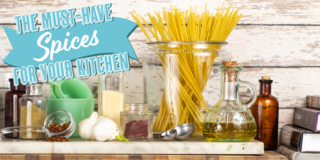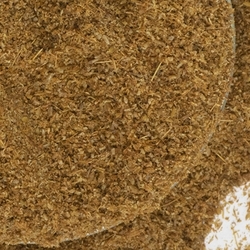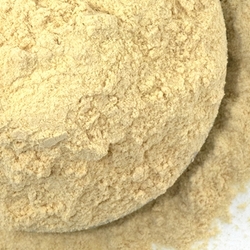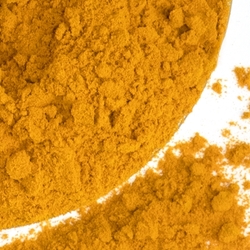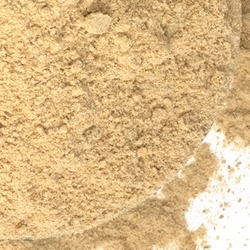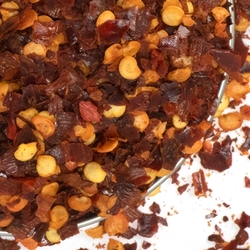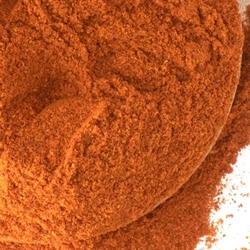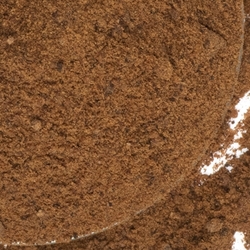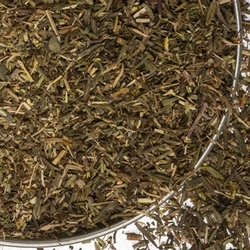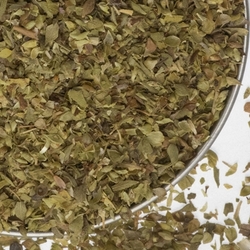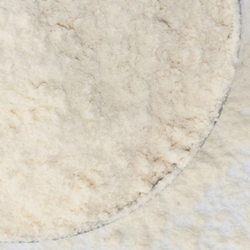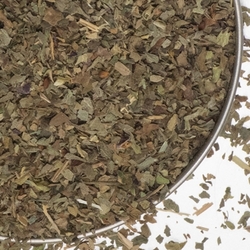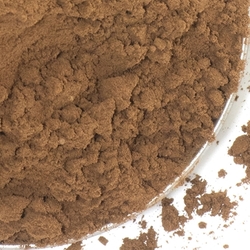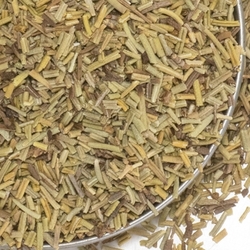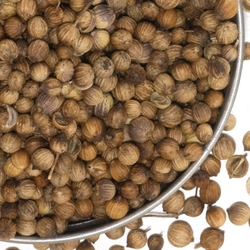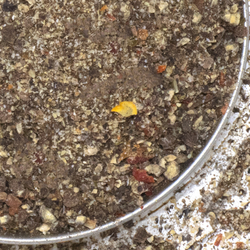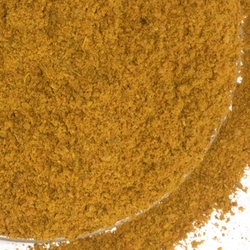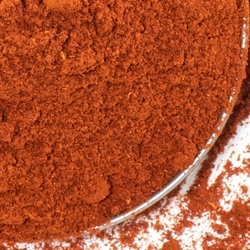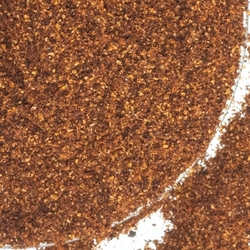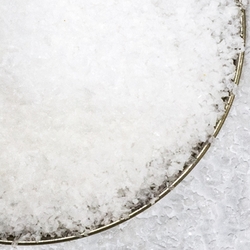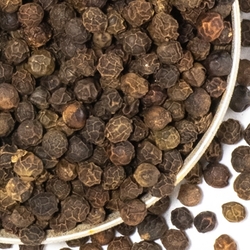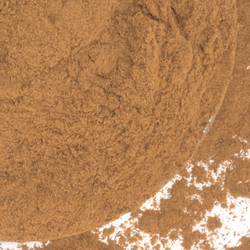The Must Have Spices for Your Kitchen
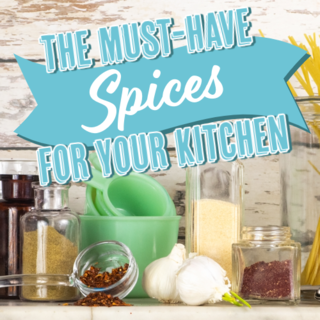
We love spices—of course—and our list of must-have spices might be a little bit longer than some other ones you might encounter. That's OK. We know what we like, and we know what we think will give you a well-rounded pantry that will allow you to experiment with a wide array of cuisines. Start with these and then ask yourself—do I want my food to be spicier? Sweeter? More fragrant? Then work from there. Soon you'll have the spice cabinet of your dreams and will be wow-ing family and friends with your crave-worthy meals.
- Bay Leaves are best whole and dried, and can be ground down easily. They add surprising depth to dishes.
- Black Peppercorns are spicy, warm, and liven up just about every food they touch.
- Ground Cinnamon is common in baking, but its pungent flavor can be a secret weapon in savory foods, too.
- Coriander Seed is a whole spice that is excellent for dishes with a little sweetness to them.
- Red Pepper Flakes are quintessential for the spice rack, as they heat up red sauces, add flavor to pizzas, and taste incredible in many varieties of soup.
- Smoked Paprika (Sweet) is another essential, adding depth, warmth, and color.
- Mediterranean Oregano has an astringent, peppery flavor that pairs wonderfully with cheese and tomatoes.
- Nutmeg Powder works wonders for many vegetables and is delicious in savory foods, like eggs.
- Ground Cumin has an earthy coziness that is hard to replicate. It can be found in just about every global cuisine.
- Basil is lemony, herbaceous, and bright, and is a terrific way to brighten up dishes.
- Thyme is woodsy, earthy, lemony, and peppery, and goes well with everything from beans to fish to beef.
- Garlic Powder is a tried and true spice that can be added to many dishes for that savory, familiar taste but without the bulk that garlic cloves add to a dish.
- Onion Powder delivers onion's pungent sweetness in a shelf-stable powder.
- Rosemary has a bold, piney flavor that intensifies in flavor and aroma as you cook it.
- Cayenne Pepper adds a lot of bang to a dish without changing the basic flavor.
- Ground Cloves are excellent with meats and add a lot to holiday baking. They are also delicious with fruit and in marinades.
- Turmeric is found in a lot of different curry powders and gives a nice yellow glow to many foods.
- Kosher Salt gets its name for its size, not because of its actual Kosher status. The chunky particles give the salt a better distribution and make it more suitable for seasoning meats, like chicken.
- Allspice Powder was historically used to preserve and flavor meat. It is warm while also maintaining a slight pungency.
- Ginger Powder is a baking staple and is also found in savory foods around the globe. It's lemony and bold and adds a bit of spice.
Of course, a spice list aimed at helping someone get their spices in order wouldn't be complete without some spice blends. Here we will give you some ideas about what spice blends are good to have on hand in order to deliver flavor without measuring or guesswork.
- Chili Powder is great for chili but can also add some flair to vegetables.
- Pennsylvania Pepper is a gourmet pepper blend and has become a customer favorite. It works anywhere that regular old black pepper works, but it also has a little something extra to it that will surprise you when you first give it a try.
- Maharajah Style Curry Powder is a popular spice blend based on South Asian cuisine. It's got a curry's signature color, flavor, and bold heat, and is good with chicken, fish, beef, alt proteins, and vegetables.
- Chinese Five Spice is a classic spice blends that brings unexpected flavors, like star anise, to your kitchen.
Be judicious as you stock your cabinet! Spices never "go bad", but they do lose their pungency and flavor over time. Whole spices usually last for a year before their potency starts to diminish, but ground spices can start to get a little dusty after just six months. Buy them in smaller amounts until you know what's going to be a staple for your kitchen, and don't hang on to spices that don't fit your palate. Happy cooking!
Related Posts
What is the Shelf Life of Spices and Herbs?
How to Store Your Spices
How Much Spice to Use & When to Add It

